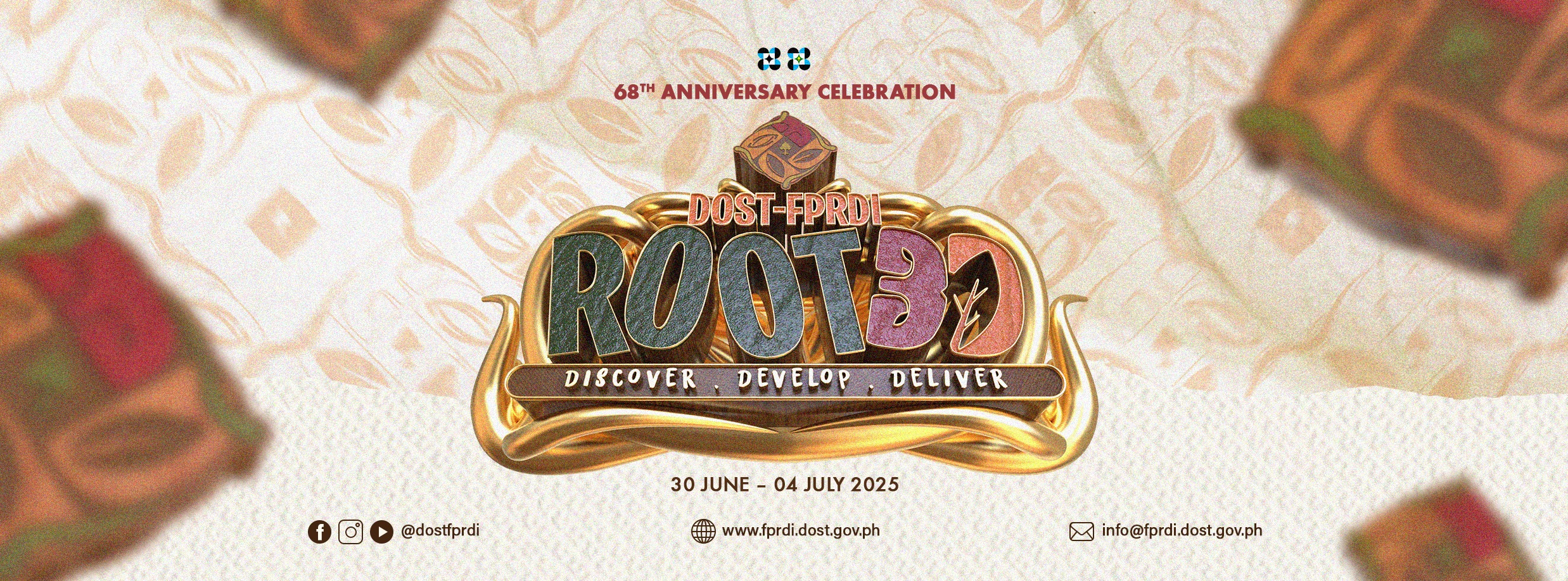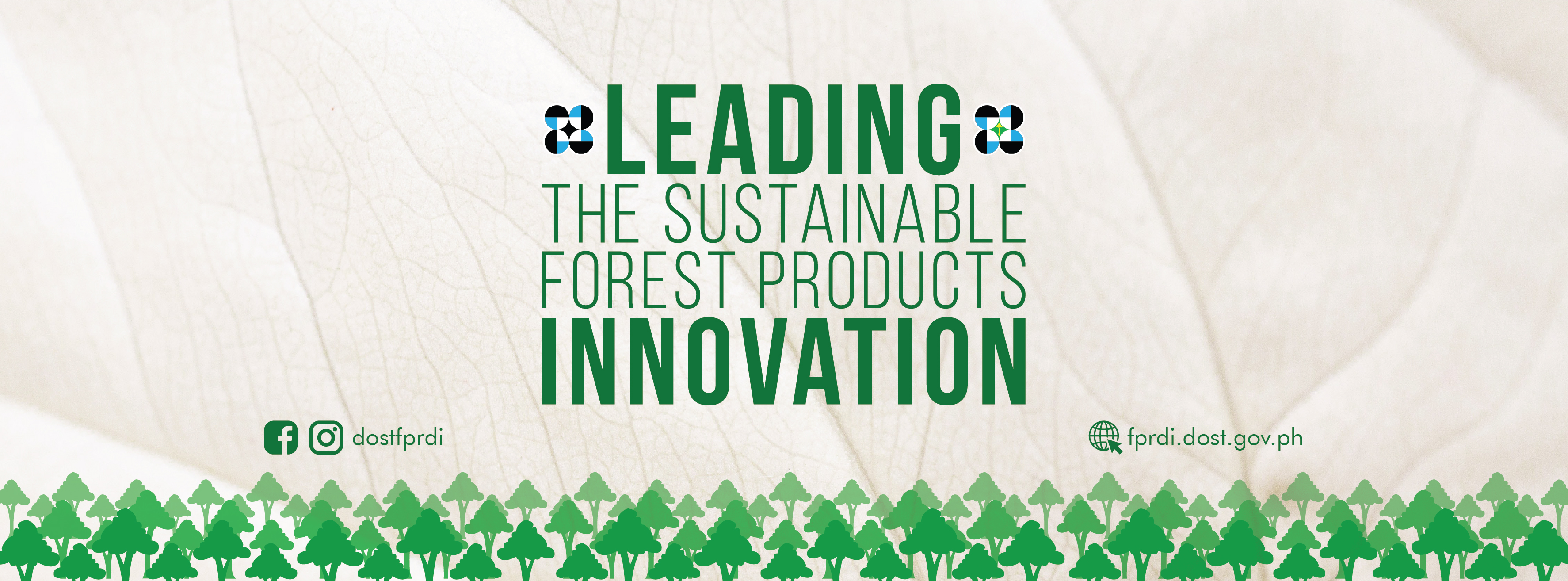FPRDI studies possible materials for wine barrels
September 1, 2013
Can the wood of fruit and industrial tree plantation species be used for making wine barrels?
A recent study at FPRDI indicates so. Ms. Simplicia B. Katigbak, Project Leader, said: “Our research team tested whether or not three industrial tree plantation species and two fruit tree species are suitable for making wooden barrels for aging fruit wine.
The plantation trees were big-leafed mahogany (Swietenia macrophylla), river red gum (Eucalyptus camaldulensis), and mangium (Acacia mangium), while the native trees were santol (Sandoricum koetjape) ans Indian mango (Mangifera indica).
“We found that the wood in all the experimental barrels was safe to use as the wine samples had no lethal or adverse effects on test rats. The wine was also rated “moderately acceptable” by a panel of expert tasters which evaluated it for color, bitterness, sweetness, clarity, flavor, aftertaste and general acceptability.
“Although still in need of further studies, the results bring hope to the local fruit wine industry,” said Katigbak. “Currently, most of the country’s fruit wine makers rely on plastic and glass containers to ferment and age their products. Brew masters, however, agree that the best wines are aged using imported white oak (Quercus alba) barrels. It’s about time we find locally available substitutes to white oak.”
According to the Bureau of Agricultural Research, there has been a marked growth in wine consumption locally in recent years. Wine imports increased by roughly 15 percent annually from 4.5 million liters in 2001 to 7.5 million liters in 2005.
“The growing market of Filipino wine drinkers means brighter prospects for the tropical fruit wine industry and a greater need for cheaper but higher quality barrels,” Katigbak added. The experimental barrel cost Php 2,530 each, while barrels imported from the US cost Php 3,780 and from France, Php 6,300.
The project was funded by the Department of Science and Technology’s Region IVA Office. (Rizalina K. Araral, 27 August 2013)#











